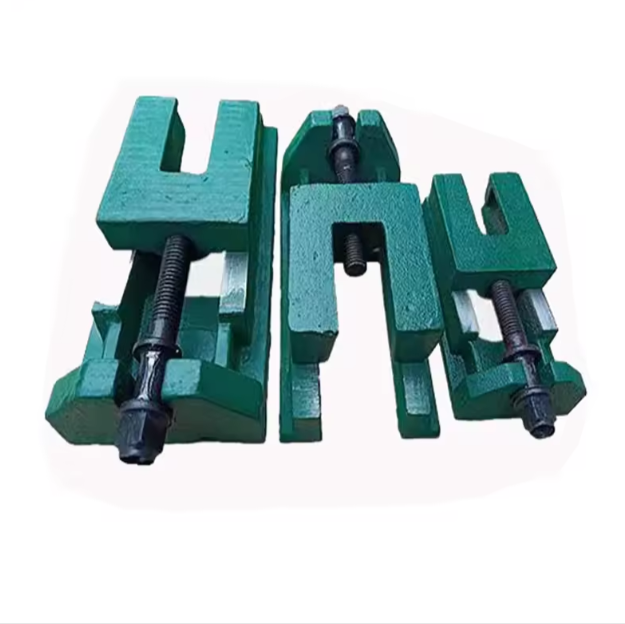stu . 22, 2024 19:25 Back to list
a butterfly valve
The Versatility and Functionality of Butterfly Valves
In the world of fluid mechanics and valve technology, the butterfly valve stands out as a versatile and efficient component widely used in various industries. Its design, operation, and applications make it a crucial element in controlling the flow of liquids, gases, and slurries. This article delves into the characteristics, advantages, and diverse applications of butterfly valves.
Design and Functionality
The butterfly valve is named for its mechanism, which resembles the wings of a butterfly. At the core of this device is a disc that pivots on a shaft, either allowing or restricting flow through the pipe. When the valve is fully opened, the disc is positioned parallel to the flow, minimizing pressure loss and providing a large flow area. Conversely, when the valve is closed, the disc turns perpendicular to the flow path, effectively blocking the passage.
The simplicity of the butterfly valve’s design enhances its efficiency and reliability. Typically constructed from various materials, including stainless steel, cast iron, and plastic, these valves can be tailored for different environments and pressures. The sealing mechanism, often using rubber or other elastomeric materials, ensures that the valve can achieve a tight shutoff, preventing leakage.
Advantages of Butterfly Valves
Butterfly valves possess several advantages that make them suitable for numerous applications. Firstly, their compact design facilitates installation in tight spaces, a significant advantage in industries with limited room for equipment. Their lightweight nature also reduces the overall structural load on piping systems, which can lead to cost savings in terms of material and construction.
Moreover, butterfly valves are known for their quick operation. With just a quarter turn of the handle or actuator, the valve can transition from fully open to fully closed. This rapid response time is crucial in processes where flow control is vital for safety and efficiency.
a butterfly valve

Energy efficiency is another significant benefit. The streamlined design minimizes turbulence and pressure loss during flow, making butterfly valves ideal for systems where energy savings are a priority. Furthermore, the low maintenance requirements contribute to their appeal, as regular checks and minor adjustments typically suffice to keep the valve in optimal condition.
Applications Across Industries
Butterfly valves find applications in a wide range of industries, reflecting their adaptability. In the water and wastewater treatment industry, they regulate flow in pipelines, helping to manage the distribution and treatment of water efficiently. Their corrosion-resistant variants are particularly useful in this context, ensuring longevity in harsh conditions.
In the chemical industry, the butterfly valve is a staple for managing the flow of various chemicals, including corrosive substances. Their ability to handle a range of pressures and temperatures while maintaining a secure seal makes them indispensable in maintaining production efficiency and safety.
The oil and gas sector also benefits from butterfly valves, employing them in both upstream and downstream operations. They facilitate the movement of oil and gas through pipelines, ensuring that the flow is controlled and safety measures are upheld.
Food and beverage processing facilities utilize butterfly valves to maintain sanitary conditions while controlling the flow of products. The ease of cleaning and sterilization of these valves aligns with the stringent hygiene standards required in the food industry.
Conclusion
In summary, butterfly valves are an essential component in modern fluid control systems due to their simple yet effective design, energy efficiency, and versatility across various industries. Their ability to provide reliable and quick operation while requiring minimal maintenance makes them a preferred choice in applications ranging from water treatment to chemical processing. As technology continues to evolve and industries seek more efficient solutions, butterfly valves will likely remain at the forefront of fluid control technology, proving their value time and again.
-
Thread Plug Gauge Our Promise of Measurement ExcellenceNewsAug.22,2025
-
Gauge Pin Class Reflecting Quality LegacyNewsAug.22,2025
-
Check Valve Types for High Rise BuildingsNewsAug.22,2025
-
Water Control Valve for Irrigation SystemsNewsAug.22,2025
-
Gate Valve with Soft Seal TechnologyNewsAug.22,2025
-
Y Type Strainer for Oil and Gas ApplicationsNewsAug.22,2025
Related PRODUCTS









